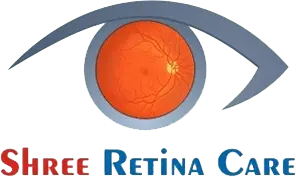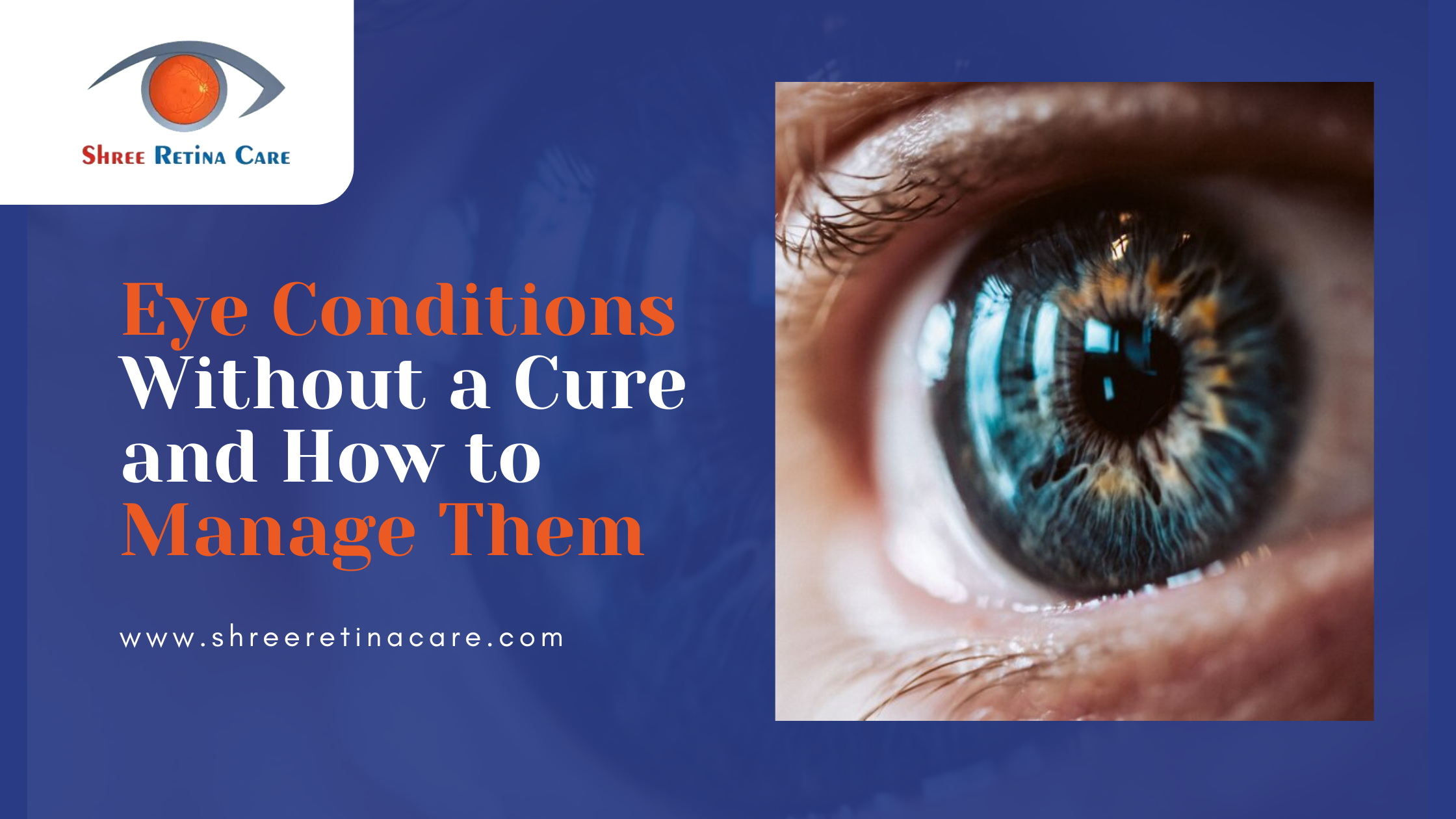Eye Conditions Without a Cure and How to Manage Them
The human eye is the most beautiful blessing of nature, allowing us to witness the beauty of this world fully. However, there are some eye issues which seem to be incurable. For these, modern approaches are being taken into consideration to make the impossible possible.
At the best eye hospital in Raipur, the eye experts have taken a step ahead towards clear vision so that all can lead a fulfilling life.
Let’s continue reading to get a deeper understanding of the eye problems that are impacting vision badly and are accepted as incurable diseases, but let’s see how the retina care hospital in Raipur manages them to make vision possible.
1. Macular Degeneration
Macular degeneration is becoming a common cause of vision loss, especially for people of old age. It targets the central part of the retina, known as the macula, which is responsible for making vision clear and sharp.
This eye condition causes the gradual loss of vision, making everyday tasks such as reading, writing, sewing, and even recognizing faces very difficult.
How to Manage It:
At the best retina care hospital in Raipur, the eye doctors usually recommend treatments such as anti-VEGF injections, laser therapy, or other methods to reduce the progression of this disease. Additionally, patients are prescribed visual aids such as magnifying glasses or special lenses that adjust the vision in accordance with the treatment.
2. Glaucoma
Glaucoma targets the optic nerve due to an increase in intraocular pressure, often caused by elevated intraocular pressure. It is one of the major causes of vision loss worldwide. It’s sad to know that glaucoma cannot be reversed, and the vision loss from the disease is permanent.
Read more: How Does Glaucoma Affect Daily Activities?
How to Manage It:
The experts at the best eye hospital in Raipur manage these conditions through medication, laser treatments, or surgery. The primary aim of the treatment provided is to reduce intraocular pressure and mitigate the effects, preventing further damage to the optic nerve. This helps in preventing the disruption of signals to the brain, which is responsible for processing the image in front of you.
As glaucoma is also known as the “silent thief of sight,” it doesn’t show noticeable symptoms in the beginning. Vision loss only becomes apparent when the disease has progressed significantly. Therefore, the experts at the leading retina care hospital recommend regular eye check-ups. If glaucoma is detected early, preventive measures can be taken before it steals your vision permanently.
3. Cataracts
Cataracts are detected when the natural lens of the eye becomes ineffective or cloudy due to the breakdown of proteins in the lens, which then collects together in one place.
Cataracts come in many forms, some of which are caused by an inappropriate lifestyle, such as excessive exposure to harmful UV rays and smoking. Other cataracts are inherited genetically, meaning someone from the same bloodline suffers from this, and they can run in families. Age-related cataracts are the most common, becoming a major reason for blindness in older people.
How to Manage It:
Cataracts are managed with surgery, and with the help of advanced technology, LASIK-assisted cataract treatment is now possible. This makes cataract surgery painless, and stitch-free and allows the patient to return home on the same day of the operation. This makes the healing process smooth and speedy, as post-surgery care is easily managed with medication.
4. Diabetic Retinopathy
Diabetic retinopathy is an effect of diabetes on the eyes, affecting the blood vessels in the retina. Increased sugar levels in the blood lead to damaged vessels, causing vision problems. It can lead to major blindness or permanent vision loss if not treated on time.
How to Manage It:
The management of this disease, as per the best eye hospital in Raipur, involves injections of anti-VEGF and surgical interventions, all while keeping the patient comfortable.
Additionally, a major focus is given to lifestyle habits. A strict diet plan is encouraged, which includes enough nutrition and essential elements that help manage sugar levels in the blood, protecting the eyes from further damage and maintaining the quality of vision.
5. Amblyopia (Lazy Eye)
Amblyopia, also known as lazy eye, is an eye condition in which only one eye is controlled by the brain, and the other is not, making the vision poor. If not treated on time, it can lead to permanent vision loss.
How to Manage It:
This condition is usually discovered in children and becomes difficult to treat if proper steps are not taken during childhood. The treatment typically involves exercises in which you are required to cover one eye and see from the lazy eye for a particular period of time on a regular basis. In some cases, corrective lenses or vision therapy may also be recommended.
Experts at the retina care hospital suggest that wearing an eye patch over the stronger eye encourages the use of the weaker eye. While treatment options for adults are very limited, the problem can still be managed with advanced treatments, including surgery.
Conclusion
Though certain eye conditions cannot be cured, the latest advancements in medical technology have made it simpler to manage these conditions.
Regular eye check-ups at the best retina care hospital, such as Shree Retina Care Raipur, are a must to ensure your eyes remain healthy. If any problem is detected, it can often be managed easily with regular medicines or eye drops, preventing major eye conditions from developing and causing potential vision loss.
So, do not wait until your eye condition reaches a stage where a cure is no longer possible. Medical intervention can only mitigate the effects once the disease starts damaging the eye’s functioning—it cannot fully reverse it.

